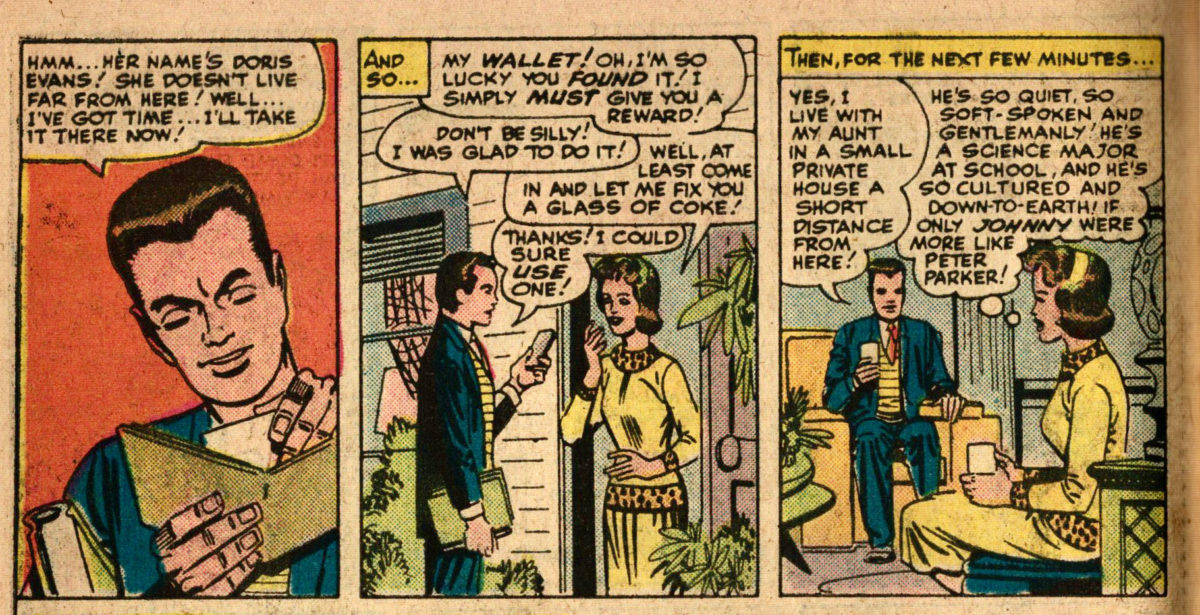The Return of the Mole Man!
Featuring: Fantastic Four
Release: October 8, 1963
Cover: January 1964
12 cents
Written by: Stan Lee
Drawn by: Jack Kirby
Inked by: G. Bell
22 pages
Happy birthday, Mom!
Lee and Kirby put their heads together to solve a problem that’s plagued this series since the beginning: Sue.
Readers have written in to complain. Lee and Kirby even had Reed and Ben respond in-story to their complaints. They listed everything Sue had accomplished with her powers, but also compared her importance to that of Lincoln’s mother and claimed her place was to help morale. Stan even had a poll as to whether she should even stay on the team. Readers voted overwhelmingly in her favor.
But there are genuine problems with her, at least 3. The first is that Lee is very bad at writing female characters. Not sure how to fix that. Maybe hire a single female writer or artist? Perhaps you could lure Ramona Fradon away from DC. There’s a woman named Marie Severin who I think is presently working on the production end of your comics. Perhaps she could help.
The second is that all the female characters feel like tokens. They have 3 superhero teams, each with precisely one female character. The Avengers are four extremely powerful males and a woman the size of a wasp. They will soon introduce the Brotherhood of Evil Mutants, again with one female. When we get an all-new team of Avengers in a dozen issues, it will again consist of exactly one female. This is a clear problem with their titles.
The final problem is her powers. Invisibility can be handy, but its uses in a fight are limited. It’s just not a very offensive power.
It’s this final problem they tackle this issue. They will expand the limits of her invisibility powers to actually make her a formidable fighter. This is a good step in the right direction.
Continue reading “Fantastic Four #22”






























